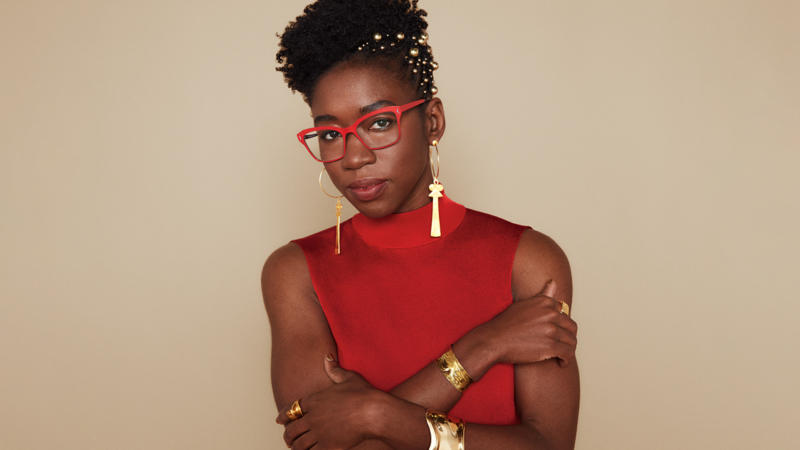It’s no secret that Black women have been underserved by the mainstream beauty industry.
Even when tech and AI were incorporated into the industry, it was the same story. They still weren’t seeing Black women. Literally.
One of OLAY’s first steps in changing that internally and throughout the industry was partnering with Joy Buolamwini, founder of the Algorithmic Justice League (AJL), on #DecodeTheBias, a campaign to raise awareness about coded bias in the beauty industry.
Buolamwini’s education and advocacy for inclusive AI is what inspired OLAY’s efforts. The algorithmic bias researcher explained machine learning bias in a TEDTalk, saying “the coded gaze” results in unfair and discriminatory practices that can quickly spread on a massive scale — like viruses.
Buolamwini experienced algorithmic bias on multiple occasions: while working on a computer science project as a Georgia Tech undergraduate, participating in an entrepreneurship competition and completing her graduate thesis at MIT. In every situation, facial recognition software didn’t recognize her face because the developers didn’t teach their systems to detect diversity in skin tones and face structures. Those experiences led Buolamwini to launch AJL.
One Small Step for STEM, One Giant Leap for Inclusivity
In her partnership with OLAY, Buolamwini helped the company highlight how data, computer code and AI reinforce beauty standards that exclude women of color. Because algorithmic systems are increasingly becoming part of our everyday lives, the beauty and skin care brand is also sending 1,200 girls of color to code camp with Black Girls CODE.
The goal is to provide the resources and the spark that might encourage the girls to enter the coding field and, as a result, bring greater equity and inclusion to online spaces. By 2030, OLAY wants to double the number of women in STEM careers and triple the number of women of color in these careers to achieve gender parity among those entering STEM programs.
At the end of the day, AI starts with the people who create the systems. Even if you’re not a coder, OLAY says you can help fight against search engine bias. Here’s how:
- Subscribe to content that embodies diversity and inclusion. This will influence algorithms and content creators to prioritize diverse and inclusive content.
- When posting photos on your website or social channels, name and tag all parts of the image with keywords that need influencing. This includes the file name, hashtags and captions, which will help impact what’s shown in search results.
- When posting any content to the web, make a hyperlink using a keyword that needs influencing. Send that link to a page or image that embodies diversity. For example, make the phrase “flawless skin” link to a page showing diverse skin.
Learn more about OLAY’s work to #DecodeTheBias.
This editorial is brought to you in partnership with Olay.


